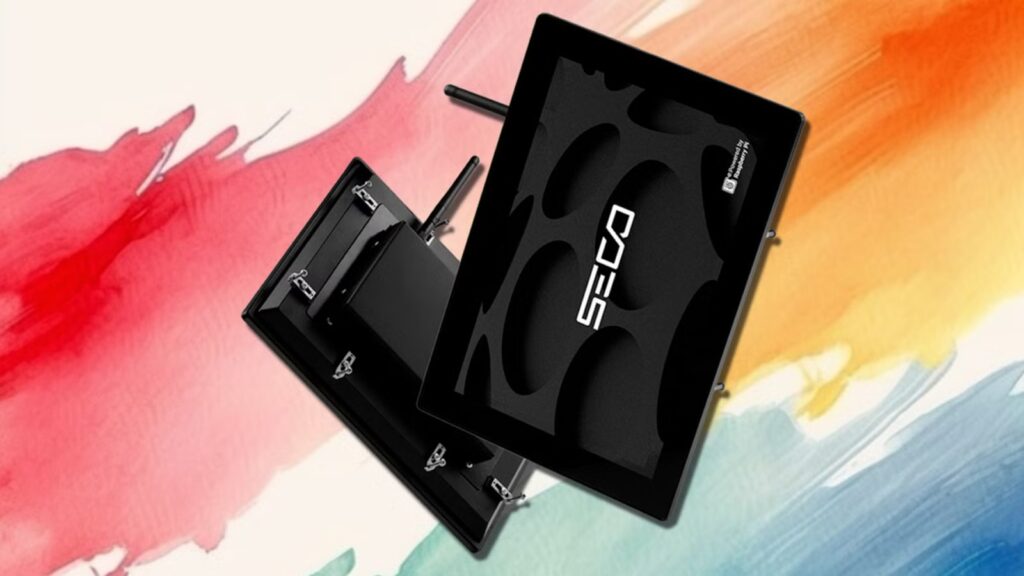SECO has officially launched the Pi Vision 10.1 CM5, a rugged industrial human-machine interface platform built around the powerful Raspberry Pi Compute Module 5. This device takes the flexible Raspberry Pi platform and transforms it into a professional-grade solution.
This is meant for system integrators and IoT developers who need to move quickly from prototype to full deployment. The Pi Vision 10.1 CM5 is essentially a complete, ready-to-roll system that lets you leverage the massive Raspberry Pi ecosystem while meeting serious industrial reliability standards.
You get two main configurations, and both are slated for availability later this month. The base model checks in at 239€ (No USD price yet) and includes 2GB of LPDDR4-4267 SDRAM and 16GB of eMMC flash storage, along with Wi-Fi connectivity. The higher-end version, which I think is going to be the most popular choice for serious deployments, costs 299€. That top-tier model bumps the memory up significantly, packing 8GB of RAM and a generous 64GB of eMMC storage.
Powering both units is the Broadcom BCM2712 processor, a quad-core 64-bit Arm Cortex-A76 SoC clocked at a speedy 2.4GHz. This is paired with the VideoCore V3D VII GPU running at 800 MHz. The device runs on an external +5V USB-C power supply and is built to operate reliably in environments ranging from 0 to 60 degrees celcius.
You also get dual-band 2.4 GHz and 5.0 GHz IEEE 802.11 b/g/n/ac wireless, along with Bluetooth 5.0 and BLE. For wired connectivity, there is a Gigabit Ethernet port that supports IEEE 1588. For external peripherals, you also get two USB 3.0 sockets.
One of the most immediate things you notice about the Pi Vision is its build quality. SECO didn’t just stick a Pi inside a plastic box; they wrapped it in serious industrial muscle. The system comes with a 10.1-inch multi-touch display housed in a tough aluminum casing. This strong construction gives IP66 protection.
The display itself is a 10.1-inch multi-touch panel with a 1280 x 800 resolution. While 1280 x 800 might not sound like the sharpest screen compared to modern tablets, it is perfectly adequate for HMI applications. Also, the LED lifetime is rated for 50,000 hours, which is great for longevity.
When you boot up the Pi Vision, you’re greeted by either the standard Raspberry Pi OS or SECO’s own industrial Clea OS. Either way, the device is preloaded with all the tools an IoT builder needs to hit the ground running. We’re talking about Docker for containerization, Node-RED for flow-based programming, TensorFlow Lite for running lightweight machine learning models, and Edge Impulse for developing those models. This is fantastic because it means developers aren’t wasting time setting up environments; the system is ready for serious business right out of the box.
The inclusion of Docker is a massive win for scalability and stability. Since every application runs neatly in its own container, you can eliminate those dreaded dependency nightmares. Basically, no more issues that come from saying it works on Raspberry Pi but breaks when deployed elsewhere. Docker makes it incredibly simple to clone and deploy the same setup across multiple buildings or client sites without configuration headaches.
You can get both Raspberry Pi models when they are available on the SECO website.
Source: Raspberry Pi

